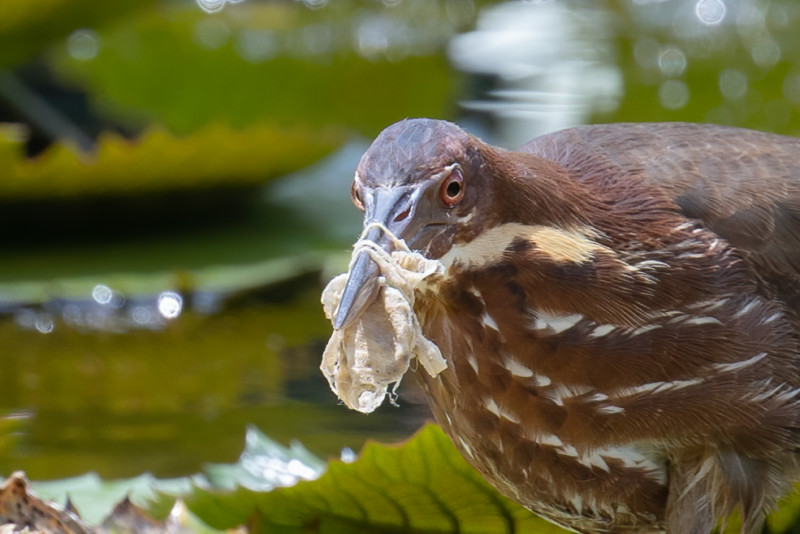
Researchers at Dalhousie University have examined the environmental impact of masks and disposable gloves on animals that proliferated during the COVID-19 pandemic.
A series of photos collected by the researchers show the stark reality the pandemic has had on some sepecies with the Canadian university recording 114 incidents of animals being affected by personal protective equipment (PPE) debris from April 2020 to December 2021.
The use of masks, disposable gloves, testing kits, and hygienic wipes rose sharply after the coronavirus outbreak in early 2020. Sadly, some of the PPE has ended up in wildlife spaces.
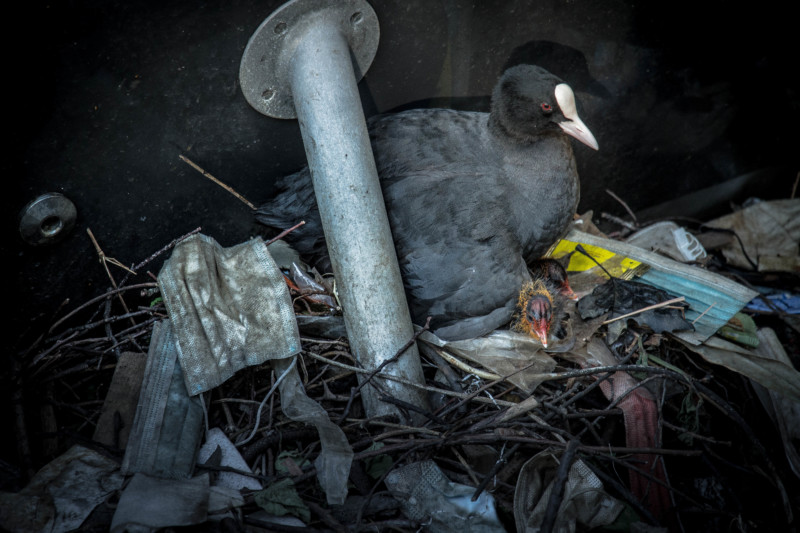
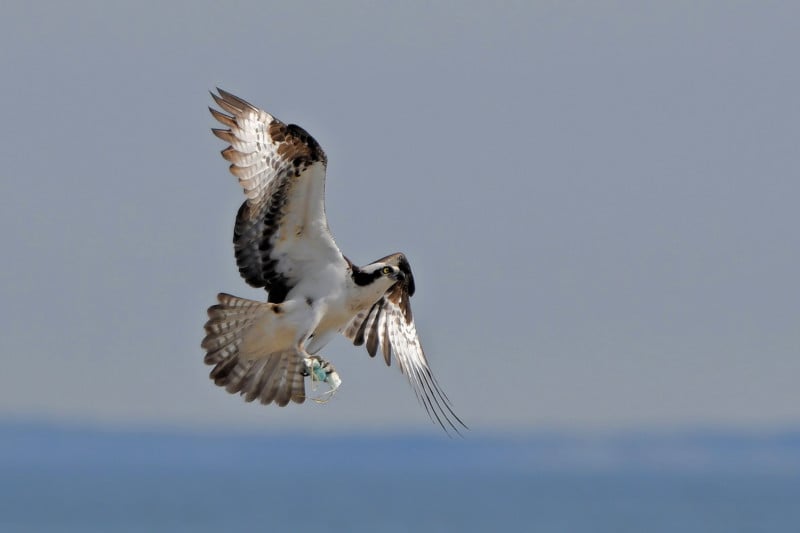
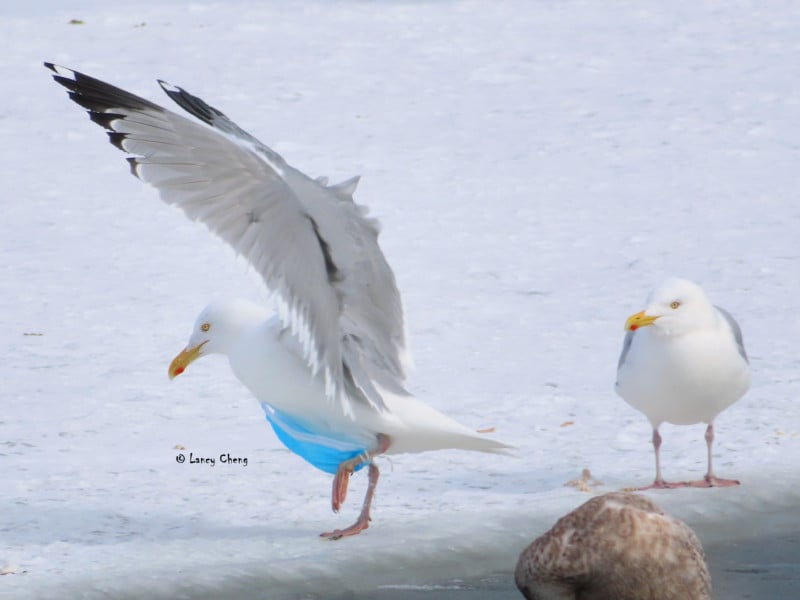
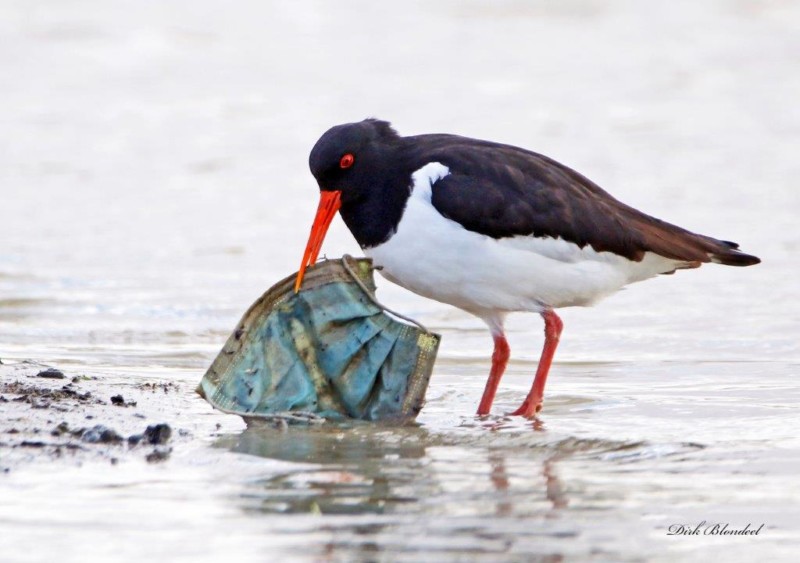
The upsetting images show birds with face masks tied around their necks or caught on their legs. Even a hedgehog finds itself with the face coverings wrapped around its prickly body.
The researchers used social media, which they describe as a “valuable” tool, to collect the data for their study. They also believe that they are “likely underestimating” the number of animals harmed by debris.
The team at Dalhousie relied upon citizen scientists and researchers to share observations and photos on digital platforms which were collected and summarized.
The majority of the incidents, that were recorded across 23 countries, involved birds with 42 percent of the occurences being entanglements and another 40 percent showed animals using the waste in their nests.
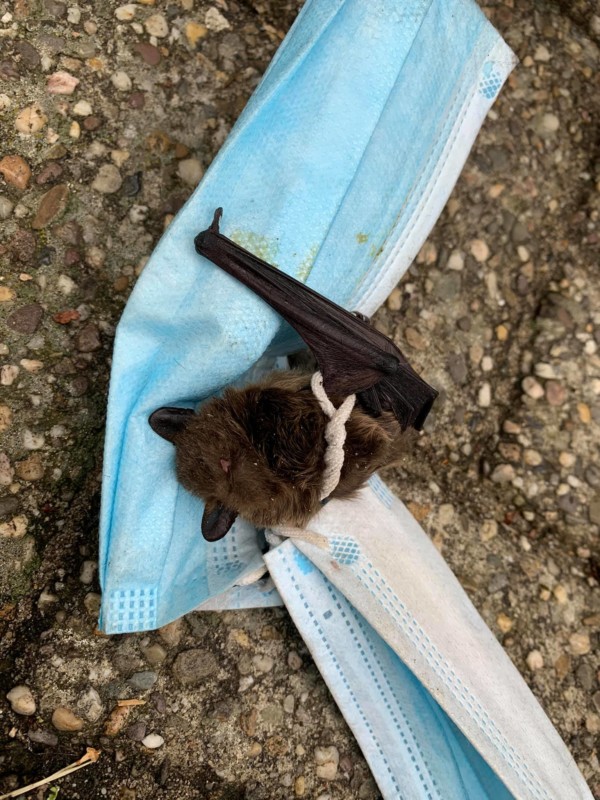
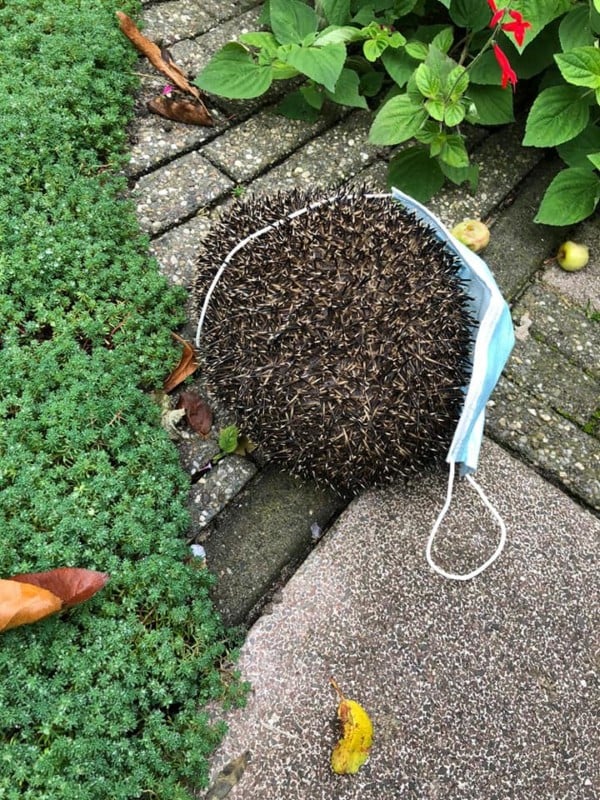
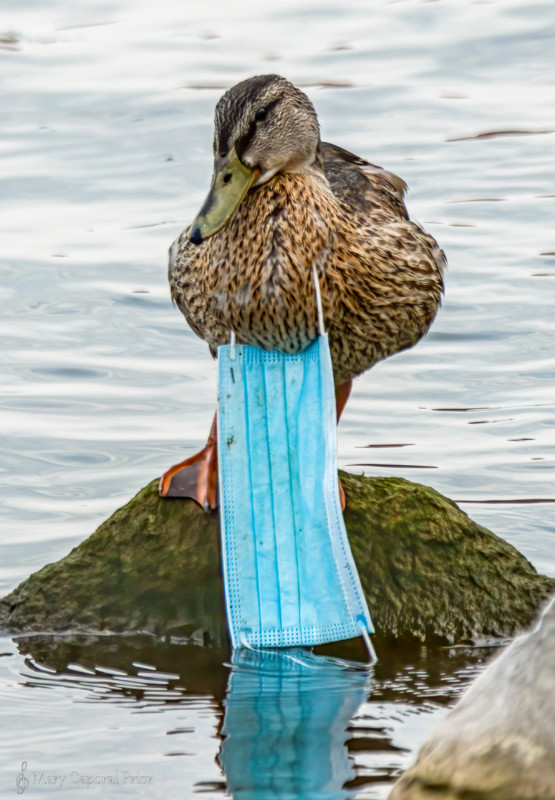
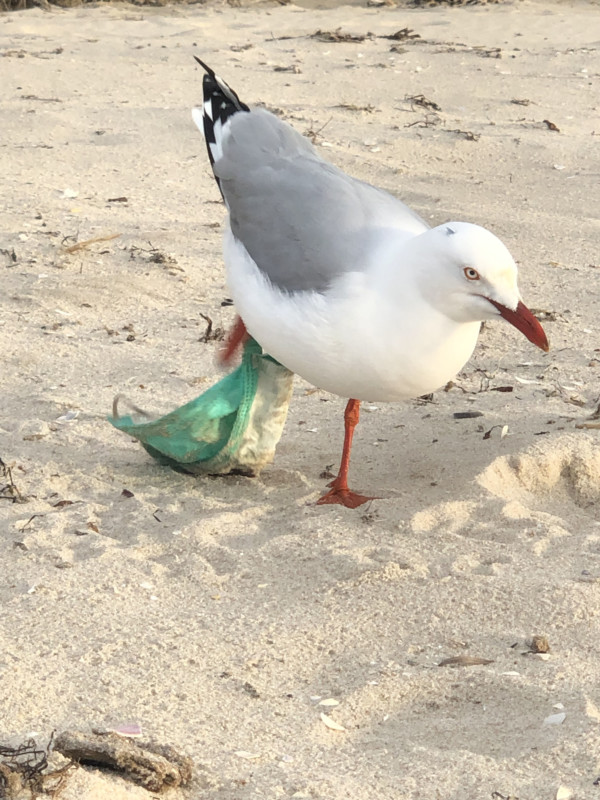
Estimates suggest that a whopping 129 billion face masks and 65 billion gloves were used monthly during the pandemic. However, without a proper waste management system in place, much of this PPE ended up as litter.
“With a widespread presence in the environment, such items pose a direct threat to wildlife as animals can interact with them in a series of ways,” the researchers wrote.
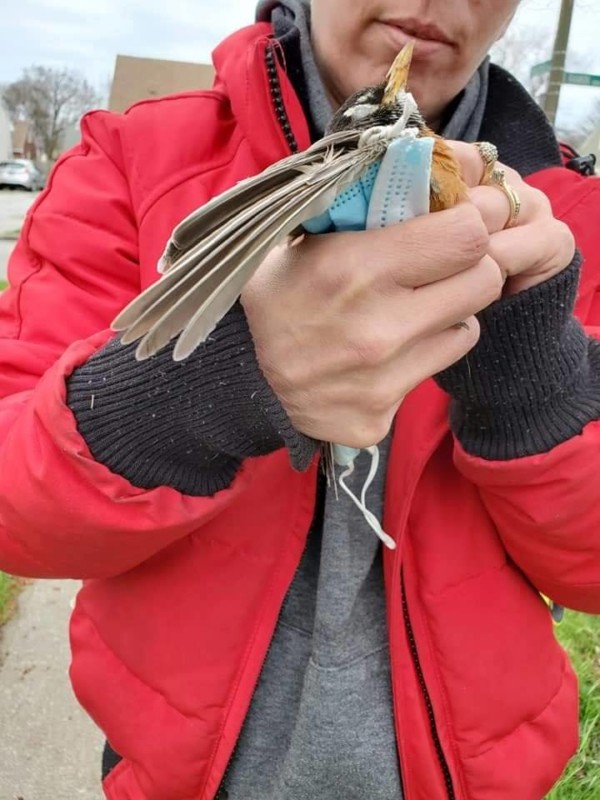
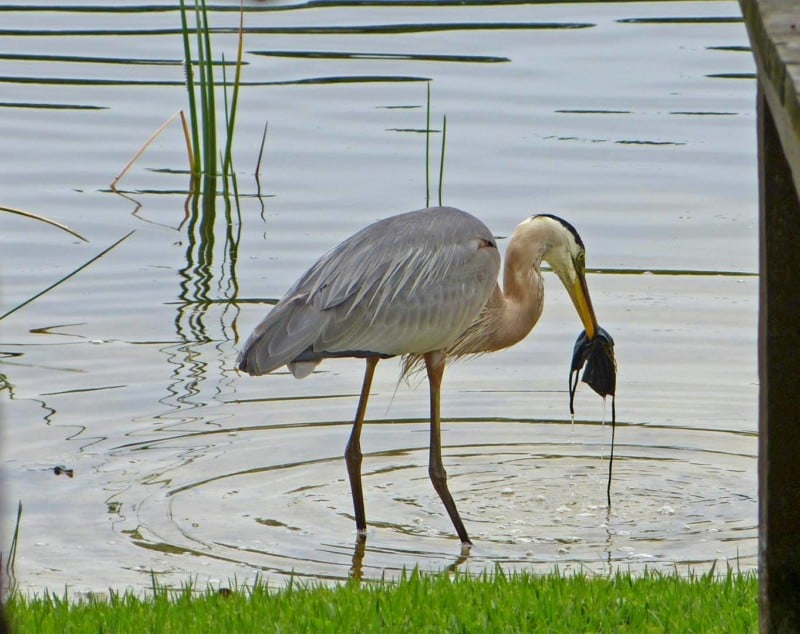
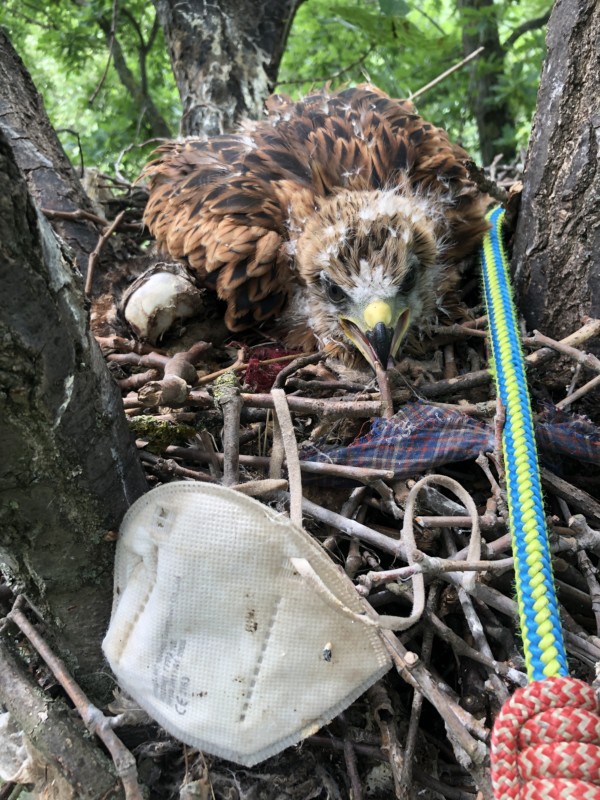
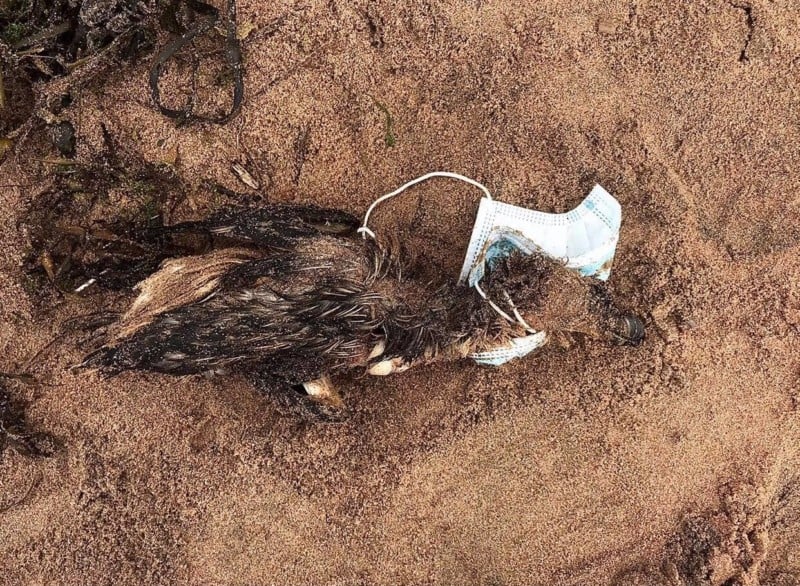
“It is crucial that we identify opportunities to improve our waste management infrastructure so that we can prevent similar leakages during the inevitable future pandemics.”
Author: Matt Growcoot
Source: Petapixel



